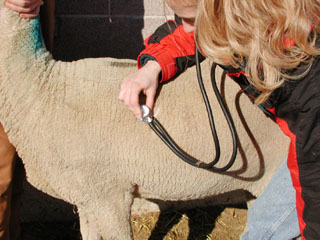
| An animalís lungs lie below the rib cage and do not extend beyond the last rib. To listen to the lungs, choose a location that is between the ribs. It is best to listen in many different rib spaces. |
 |
Lungs
|
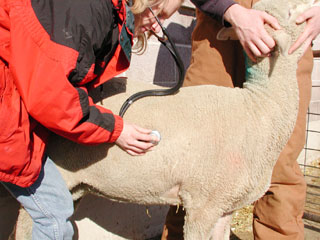 |
Lungs
|
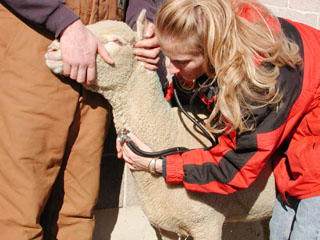 |
Trachea
|
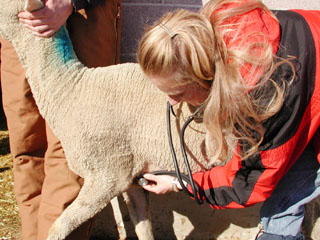 |
Heart
|
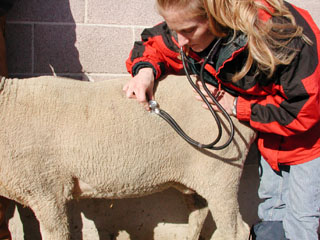 |
Rumen
|
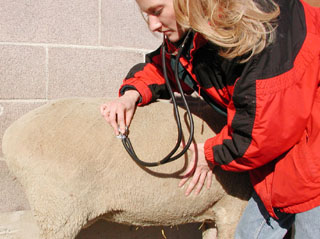 |
Intestines
|